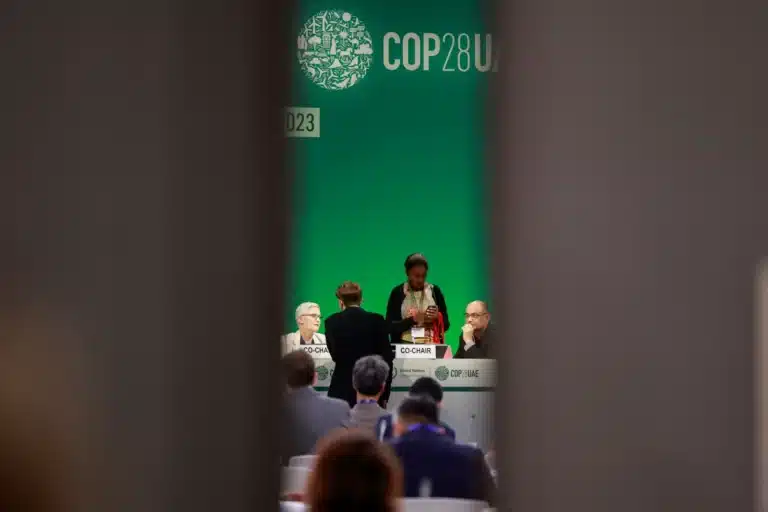https://blogs.wsj.com/experts/2017/05/23/why-environmental-regulations-c…
Energy markets are in the midst of profound transformation—from a historic shale boom and oil-price collapse to rapidly falling renewable costs and new innovations. These shifts have brightened the U.S. energy outlook in many respects, but also caused hardship for some. From 2011 to 2016, employment in Mingo County, West Virginia, the heart of coal country, fell by nearly half. The Houston metro region lost more than 81,000 jobs during the oil-price downturn.
President Trump has promised relief by reversing his predecessor’s regulatory agenda. “I am going to lift the restrictions on American energy, and allow this wealth to pour into our communities,” he said.
In reality, however, the outlook for U.S. energy production will be determined far more by market forces than by rolling back environmental regulations.
Consider the outlook for coal. In signing an executive order to ease environmental rules, President Trump told coal miners, “You’re going back to work.” But undoing rules like the Clean Power Plan will not bring the coal jobs back, as a recent study I coauthored demonstrated.
Coal employment has been in structural decline for decades, falling from a peak of more than 800,000 in the 1920s to 130,000 in 2011 to just over 70,000 today. By the end of 2015, U.S. coal production was down more than 20% from its 2011 level, and the combined value of the top four U.S. coal firms fell from $33 billion to $150 million. That collapse is explained almost entirely by market forces. We found that increased competition from cheap natural gas is responsible for 49% of the decline in domestic coal consumption; lower-than-expected electricity demand is responsible for 26%; and the growth in renewable energy accounts for 18%. Environmental regulations explain around 3-5% of the decline.
China has been a key factor, too. More than half of the decline in U.S. coal company revenue between 2011 and 2015 was due to international factors, notably the slowdown in Chinese demand that cratered the market for high-value metallurgical coal.
If all of the proposed actions in President Trump’s recent executive order were implemented to roll back Obama-era environmental regulations, coal output may stabilize rather than continue its gradual decline—but that’s only if natural-gas prices rise above their current low levels and renewable costs fall more gradually than they have been. If gas remains cheap and renewable costs keep dropping sharply, coal’s decline can’t be stopped.
The predominance of market forces is true elsewhere as well. The Trump administration has promised to ease rules regulating oil and gas production, like those for methane emissions or shale development on federal lands. But U.S. oil output is already set to rise by nearly 1 million barrels a day (mbd) over the course of 2017, to 9.7-9.8 mbd, according to the U.S. Energy Information Administration. That is because oil prices have recovered modestly, and especially because of dramatic technology and productivity improvements that allow U.S. producers to develop shale oil at a much lower cost. That outlook is largely unchanged by the proposed policy reforms.
Opening up the Arctic to drilling only boosts U.S. production if companies bid on leases and develop the resource. In today’s depressed oil market, few if any companies are lining up to drill in the challenging environment of the Alaskan Arctic. That is especially true when there are so many promising low-cost opportunities to develop shale oil onshore in the lower-48 states. Indeed, major oil and gas companies have slashed their deepwater exploration budgets globally during the current oil price downturn. At best, including Alaska in the government’s offshore leasing program gives firms the option to develop those resources in the future if and when market conditions warrant.
The same is true for lifting the temporary moratorium the Obama administration had put on coal leases on federal lands. Companies were not expected to need access to new reserves in the next few years, and current leases are sufficient to meet the nation’s coal needs for the next 20 years.
Finally, expediting the permitting of liquefied natural gas (LNG) export terminals is unlikely to lead to more investments in LNG export facilities any time soon. The global LNG market is oversupplied, as new sources of LNG from Australia and elsewhere come to market, and the U.S. ramps up its LNG export capacity over the next several years. Moreover, the oil price collapse along with increased competition have caused natural gas prices to fall sharply around the world—by two-thirds in Asia and by half in Europe since 2013. Less new LNG capacity was sanctioned last year than in any year since 2008.
To be very clear, this is not to say that policy does not matter. Protectionist policies, like a border tax adjustment or scrapping Nafta, could undermine parts of the U.S. energy sector. On the flip side, debottlenecking pipeline infrastructure constraints can help bring new supply to market. But the impacts of easing regulation are dwarfed by market forces.
Much more important is that sensible, cost-effective regulations not only impose costs, but can also deliver much larger benefits by protecting air and water, not to mention bolstering the industry’s social license to operate.
While market forces, namely substitution of cheap shale gas for coal, have helped bring down U.S. greenhouse gas emissions, markets alone do not account for social costs, like pollution. Much stronger policy will be needed to come anywhere close to meeting the climate change goals agreed to by nearly all nations in Paris.
As for the impact of this administration’s regulatory agenda, however, markets will trump policy in determining the outlook for U.S. domestic energy production.






